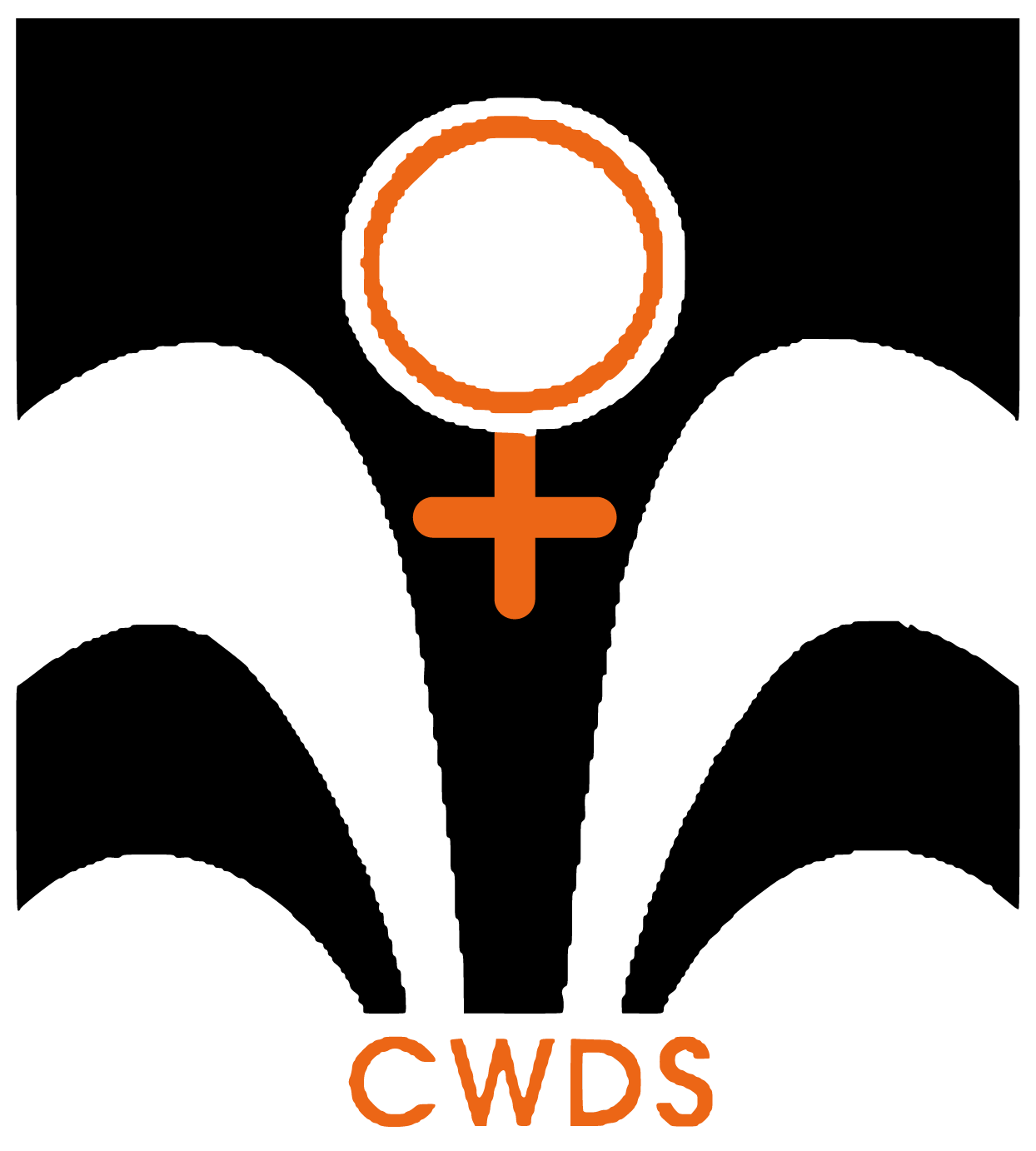- Hindustan Times2024
In the recent assembly elections, we were once again inundated with information about how much of a difference the women’s vote made to the outcome.
- Hindustan Times2022
It was the tragic death by suicide that has laid bare the daily trauma of the three sisters from a landless household married to an affluent family with demands for dowry from impoverished parents.
- Gujarat Institute of Development Research2019
This paper discusses health vulnerabilities of children in general followed by an analysis of data regarding health scenario of children below five years of age from
- Issues in Medical Ethics1997
The health care scenario for women, especially apropos reproductive health, is highly exploitative, with extensive human rights violations. Women are treated as expendable entities.
- Wardha1996
There is a widespread feeling that there has been a general erosion of ethical standards even in professions, which have been considered 'noble'. This has prompted a soul-searching exercise to understand the problems involved.
- The Journal of Family Welfare1993
India's efforts to promote family planning have produced a significant increase in the couple protection rate (CPR) which has increased by about 33 percent during the last 22 years-from 10.4 percent in 1970 to 43.5 in 1992.
The Protection of Women from Domestic Violence Act, 2005 (PWDVA) is an Indian law enacted to safeguard women from domestic violence within familial or domestic relationships.
The Commission of Sati (Prevention) Act, 1987, is an Indian law enacted to prevent and punish the practice of sati, where a widow immolates herself on her husband's funeral pyre.
The Dowry Prohibition Act, 1961, is an Indian law enacted to prevent the giving or receiving of dowry in marriages.
The National Commission for Women Act, 1990, established the National Commission for Women (NCW) in India to safeguard and promote women's rights and address issues of gender equality.
